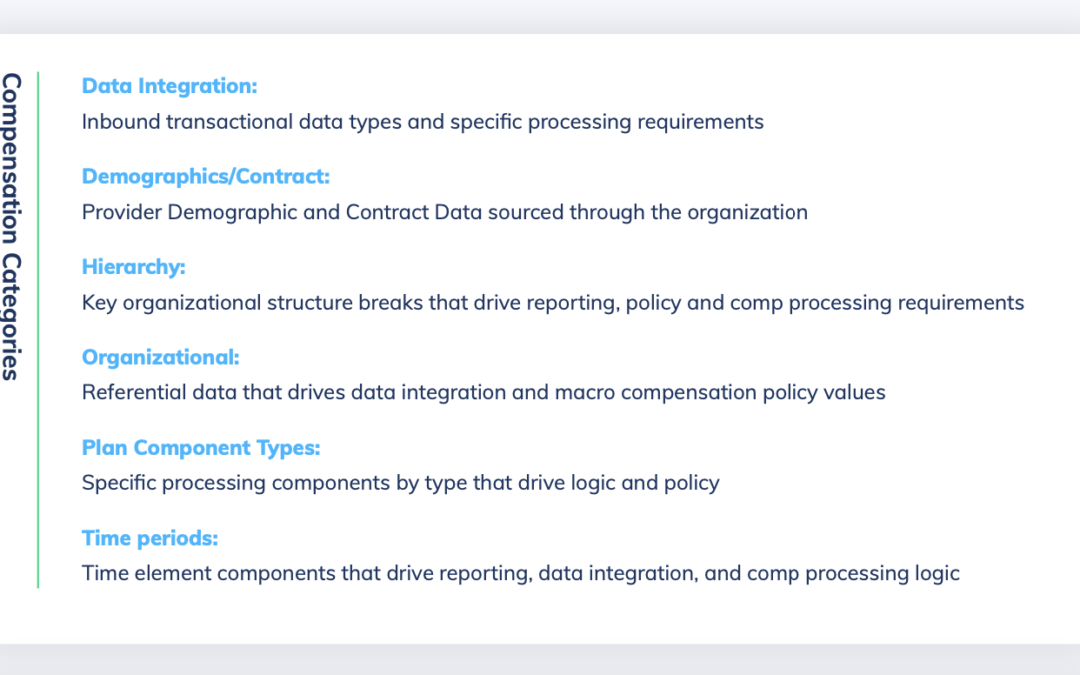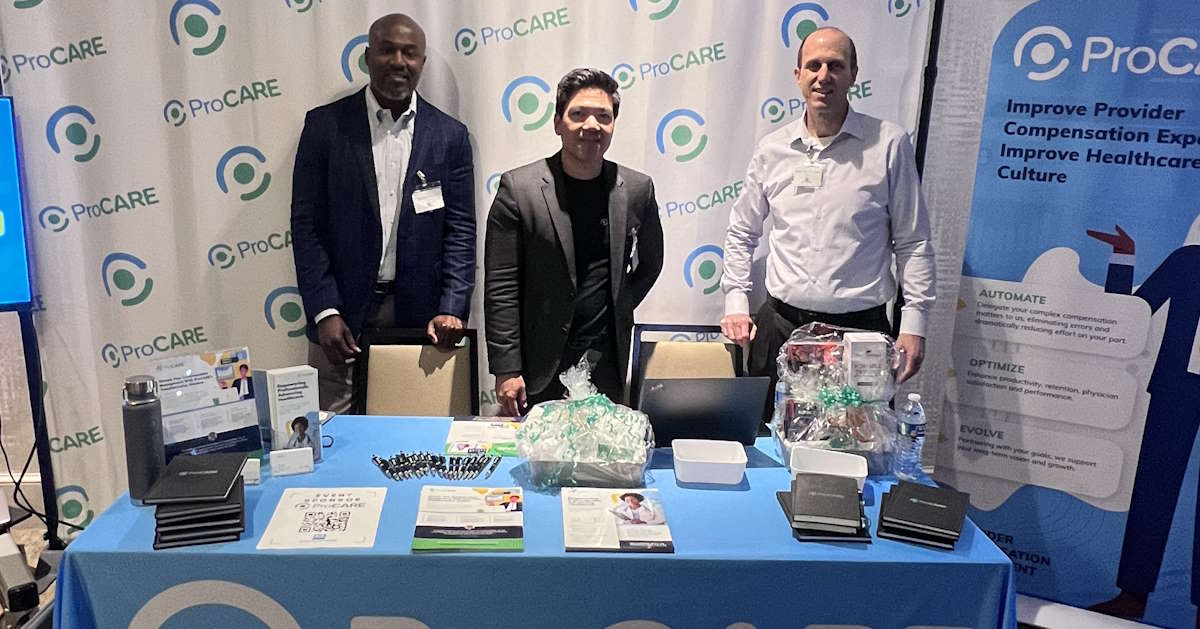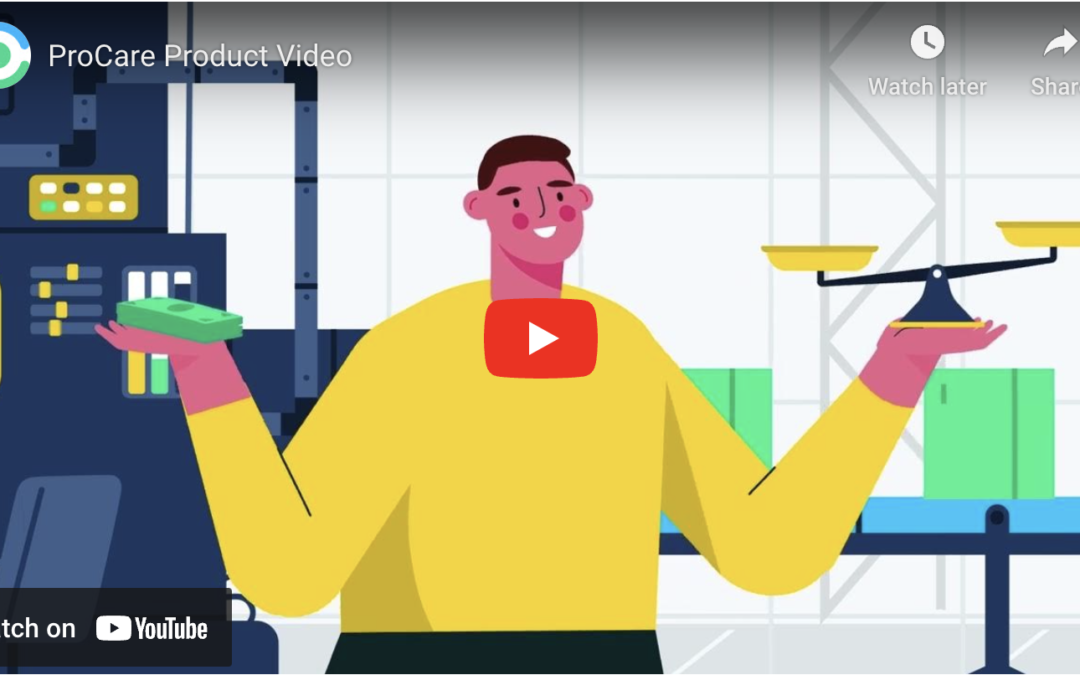The growing pains of a homegrown PROVIDER compENSATION solution and the need to replace it
The benefits and outputs of a provider compensation solution can go well beyond simply automating data maintenance. In order to get the most out of a compensation management system, an organization must be able to evaluate and automate not just basic compensation RVUs, but also variable incentive elements, related operational metrics, and of course, compensation statements amongst other operational reports/outputs.
While automating elements of your compensation with a homegrown solution may initially seem alluring, we strongly recommend you evaluate your entire compensation management strategy before making the decision to invest in a homegrown solution.
The false allure of a homegrown compensation solution
Most commonly, we see health organizations implement a homegrown system to solve a specific problem they have (which is typically getting data from the source systems and/or organizing business rules) and to find some relief from the challenges that problem presents.
Homegrown provider compensation solutions are often reliant on excel and have layered complexities and workarounds added over time that make it error-prone and difficult to scale and modify. New models and changes are layered upon old models and then linked to data that may be piece-mealed throughout the organization, or requires redundant work to keep it maintained. We see this throughout organizations particularly with quality and patient satisfaction measures, directorship hours, and other payments.
Nearly all organizations begin their compensation strategy thinking “we’ll have one model for compensation” but that is rarely the case, particularly with the expansion of value-based care and the increasing competition in recruitment and challenges in provider retention and satisfaction.
Until recently, with the introduction of platforms like ProCARE, organizations had few alternatives to turn to. Many organizations are still developing subpar homegrown solutions because they are unaware of this expanding provider compensation management software market.
When does a homegrown solution make sense for an organization?
There are rare cases where a homegrown provider compensation solution is the best route for an organization to pursue. The most likely scenario may be a small practice, with fewer than twenty providers or a single specialty group, that has very traditional compensation models.
In these situations, the homegrown automation is typically doing one thing really well – evaluating and allocating RVUs.
Unfortunately, even in these cases, as soon as there is a variation or exception to this model (which there nearly always is), the system fails to further support you, introducing a slew of manual calculations to be handled outside of the platform and increasing the possibility of errors.
The extensive costs of a homegrown solution
The inability to handle exceptions and the resulting time and resources required to manage these exceptions outside of the system is just the tip of the iceberg when it comes to the costs associated with a homegrown solution. It’s common for teams to be mired down in daily calculations that they cannot (due to lack of bandwidth and tools) optimize and transition to comp models that support the growth of the organization or adapt to changing landscapes, such as a shift to value-based care compensation.
Rigid solutions and limited data visibility prevent organizations from advancing in their industry, competing for top talent, and making informed decisions.
The lack of visibility into data renders projections nearly impossible. For example, many organizations create draws to pay providers – projecting what they will make. These draws can be wildly off without the right data and can create financial and provider relation burdens. ProCARE provides visibility into this data and predictive analytics that make recommendations as to when a draw needs to be adjusted.
A ProCARE client recently shared how, prior to implementing ProCARE, they would manually pull reports and go into meetings prepared with a time period that leadership wanted to see – quarterly projections or running six month numbers – but would then get a request at the meeting to see a different time period. With the limitations of their system, they were unable to provide that information and would need to go back, manually run the numbers and bring them to the next meeting.
With ProCARE, they’re able to simply select the date range and present the new data during the meeting. In addition, administrators are able to provide direct access to the data, empowering individuals with the information they need to make informed decisions.
The most common challenges of a homegrown provider compensation solution
A homegrown system is most often designed to do one thing, and one thing only, without the capability to manage exceptions. Their rigid structures (due to the expectation of standardization) and their inability to configure customizations, can ultimately cause significant challenges for teams.
Quality data and measures are constantly evolving and for good reason as organizations look to pass on risk/reward for value based payments to providers and look to incentivize team behaviors to make system integration successful.
Ten years ago, an organization could get away with a system that handled RVUs only. Now the compensation management process involves operational measures such as charge lag, organizational considerations (such as Advanced Practice Provider (APP)) usage, and of course value-based measures. These measures are often paid based on team or group performance which is then manually mapped to providers.
In homegrown systems, all of these calculations and work sit outside of the platform. Not only does this hinder transparency, but it greatly complicates the payout process. The worst outcome is the payment methodologies or the dollars associated with these key performance indicators tends to be low in systems with homegrown solutions.
If executives really want to move the dial to align providers with organizational goals they need to increase dollars associated with these vital components – which isn’t scalable with a homegrown provider compensation solution.
Due to the nature of integrative care and recruitment competition, while complete standardization is desirable, it’s nearly impossible to achieve. All provider organizations we’ve encountered over the last four years have significant levels of variance or exceptions to their compensation models.
The need to factor in guarantees for new providers or a provider going on leave, or adding a provider in the same specialty but at a different rate is one of the more common exceptions we’ve come across. With COVID, we saw many changes made to fix rates or alleviate requirements. Even when an organization is fully satisfied with the methodology and component weighting of their models, it is common for additional exceptions to be implemented each plan year.
As soon as you introduce these variations, automation of your single model won’t work anymore. At that point, you need to manually manage these exceptions outside of the system. Because the system is often the source for reporting, your team still needs to account for these outside exceptions and repeat these steps every time you need to run a report. This creates more work for your support staff and tremendous room for additional errors to occur.
“I think overall we knew that the way we were doing things was very flawed and broken. We had multiple sites with some pretty significant payment errors that went undetected for varying lengths of time and became big issues,” shares a ProCARE client about their experience prior to moving to ProCARE’s solution.
Errors and limited data visibility can cultivate a feeling of distrust or dissatisfaction with providers.
Furthermore, many homegrown solutions are dealing with models that are extremely dated, preventing these organizations from being industry leaders in their space.
When do you know it’s time to scrap your homegrown system?
“Our homegrown solution was ready for our first phase of roll out but was built too rigid, and did not allow customization that would ultimately be needed. We were going to need another round of development work to meet all business needs,” Kathleen Ward, Director of Revenue Analysis with Thrive Pet Care shared with us regarding their homegrown system.
Once you outgrow your single, inflexible compensation model and find yourself completing manual calculations, it’s time to make a change. When you get to that point, ProCARE can help.
“ProCARE allowed us to develop customization on a platform already developed and tested for base functionality,” Kathleen shared, “We’re able to add additional workflows for our organizations but not sink costs into developing the basic functionality inherent in a compensation tool.”
ProCARE empowers organizations to create better incentives to drive ideal provider behaviors & outcomes
Enterprise health systems can greatly benefit from the automation, customization and optimization available through ProCARE’s platform.
With increased transparency and control, organizations can offer unique compensation models and better incentivize providers to drive optimal behaviors. Provider’s gaining visibility into their compensation model is a key component to success – a piece that is sorely missing from big healthcare systems – and affords the opportunity to get everyone to work together and realize it is greater than just them.










